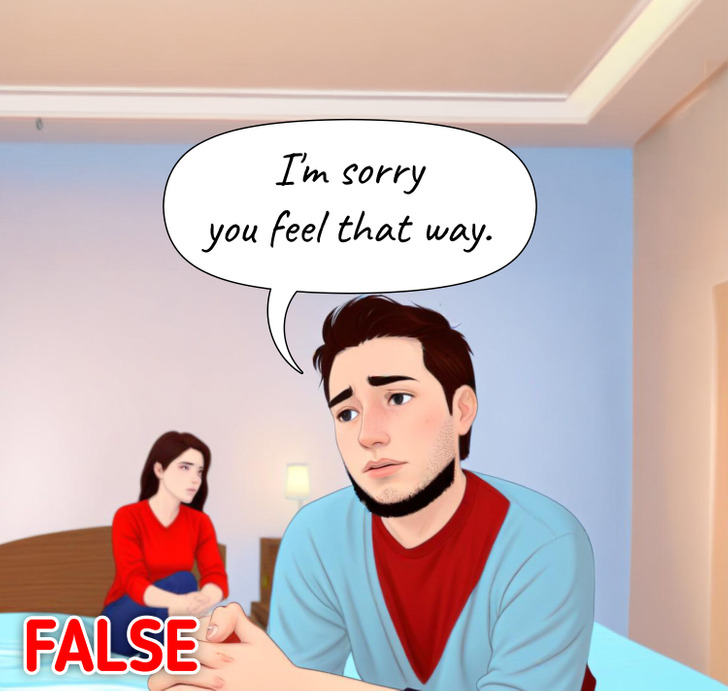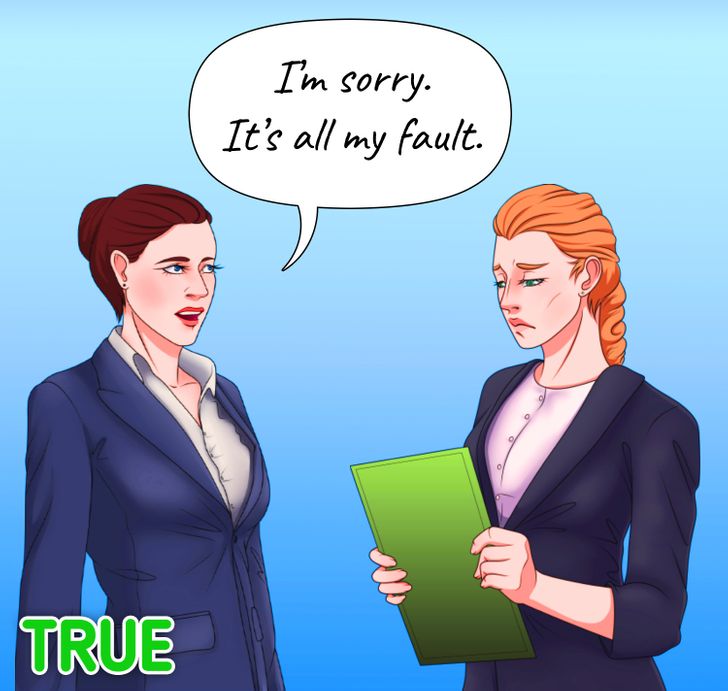Apologizing is a crucial aspect of maintaining healthy relationships and resolving conflicts. However, not all apologies are created equal. Some can come across as insincere or manipulative, which can exacerbate the situation rather than mend it. Understanding the different types of apologies, especially those that fall short of genuine remorse, can help us navigate and improve our interactions.
Here’s a detailed look at various types of apologies and why they might not hit the mark.
1.A non-apology shifts the focus from the actual wrongdoing to the other person’s emotional response.

By saying, “I’m sorry you feel that way,” the speaker implies that the problem lies in the other person’s feelings rather than in the speaker’s actions. This type of apology fails to acknowledge any specific fault or mistake, making it more about placating the other person than addressing the real issue.
This type of apology avoids taking responsibility for one’s actions. It suggests that the other person’s feelings are the problem, not the behavior that caused them. As a result, it can come off as dismissive and insincere.

2. A fake apology contains an “if” or a “but.”

suggest that an apology containing the words “I’m sorry” but followed by an “if” or a “but” lacks sincerity. The addition of “but” can actually negate the apology’s impact, while “if” implies doubt about the validity of the other person’s feelings. In contrast, a true apology takes full responsibility for the wrongdoing and validates the of the person who was hurt, without making excuses or diminishing their experience.

